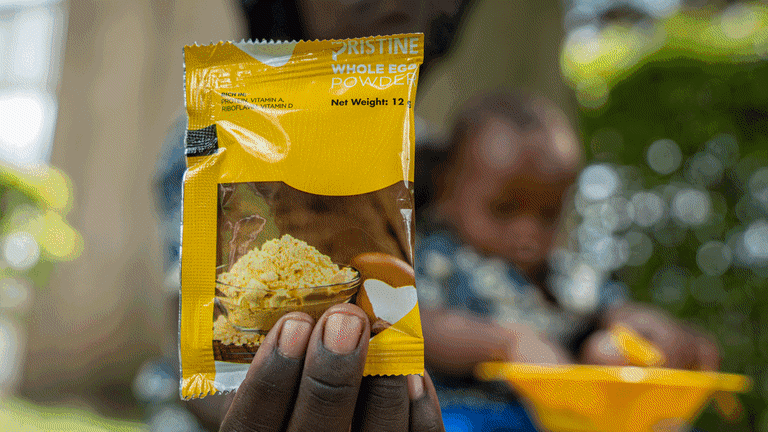Just as nations compete for top spot in the 2016 Summer Olympics medal tables this month, their performance is ever under scrutiny when it comes to development. Nonprofit organizations often rank the best and worst performing countries in a specific area. How can these bodies make the most of tables, scorecards or indices to help achieve their aims?
Development professionals use rankings in many ways, but often cite their usefulness as a media tool. A breakdown of country level results can empower local advocates and media to highlight their country’s performance or need. But achieving a robust index can be a complex and time-consuming task. And development organizations don’t always compare only countries — “naming and shaming” other entities, such as businesses, sectors or even technologies can bring them closer to achieving development aims.
Presenting data as a scorecard can refocus attention on a development issue. Last month, U.K. charity WaterAid published a report ranking countries by prevalence of stunting among children. “Caught Short” named India as having the greatest number of children who were stunted. Jo Lehmann, the report’s author and WaterAid senior media officer, used data contained in the 2016 Global Nutrition Report, released in June, to compile the comparison of 132 countries.








